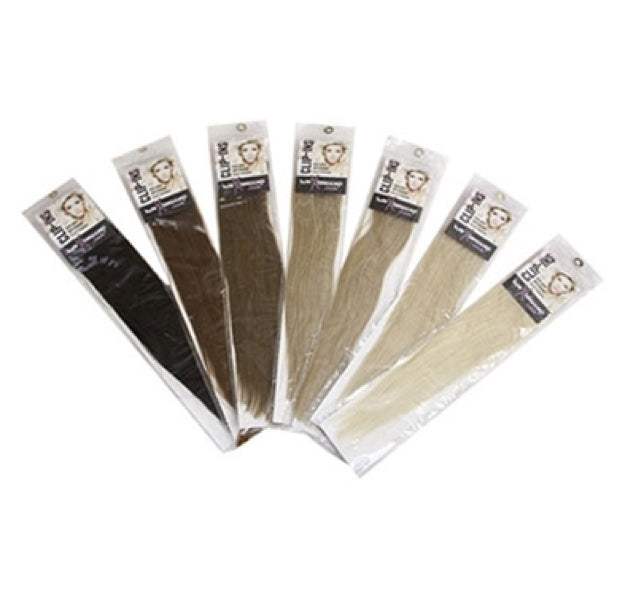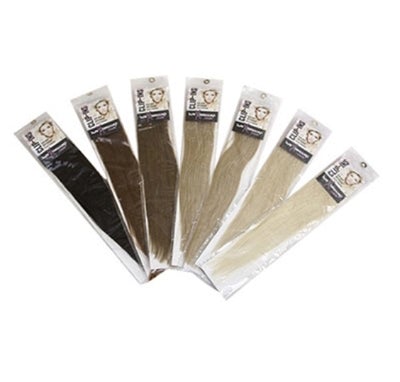|
Hair Extensions can dramatically improve your appearance. However, before you take the plunge and go in for hair extensions it would help to understand the quality of hair extensions and what the typical structure of hair is like.. The hair structure How to determine an extension’s quality? Types of hair and their structure differences European hair: This type is very thin and has a cross section surface that looks oval. Usually this kind of hair is preferred for all hair extension purposes. Indian hair: This is a very high quality hair type and is highly preferred for extension manufacturing purposes. Different hair kinds are mixed and collected for this purpose. However, very rarely is the cuticle left intact (except in very expensive extensions). Usually the cuticle is removed and coated with silicon substances. The prices of these extensions are hence much lesser. Asian hair: Most of the time Asian hair types come from Chinese people. It is thicker when compared to the European hair varieties and has a cross section resembling a round shape. Since the hair is originally very thick it is made lighter with an acid bath. Remi or Remy hair: This is one of the most popular varieties of hair extensions and uses high grade hair with cuticle cells in a unidirectional growth, this hair is shaved from the scalp (Remy Hair is the hair we supply). Synthetic hair: This is a man made variety of hair which looks and feels like natural hair. Since it is made with artificial materials and the outer cuticle cells are unlike natural hair merging such hair extensions with your natural hair is very tough. Usually, the aftercare is also different for such types of extensions and the prices are also cheaper. Click HERE to go back to Article Database |
Article Hair Structure
- 04 Feb, 2022



